Urban legends are ubiquitous, but Russia’s rich past and long turbulent history are the perfect backdrop for legends. We’re talking about the wild speculations, from age-old ghosts of the tsar to claiming ex-Soviet leaders have turned into psychedelic mushrooms.
Romanovs are not dead
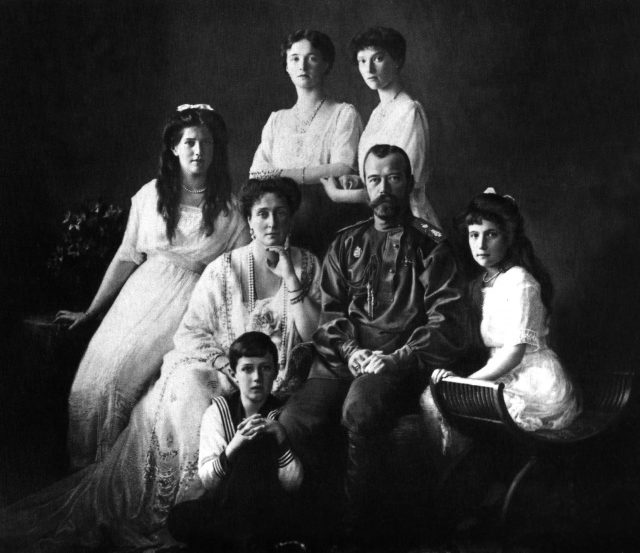
When the Bolsheviks captured the last Tsar of Russia, Nikolay Romanov, and his family, they were ordered to execute them all. During the Russian Revolution of July 1918, the Romanovs were allegedly shot, ending the Russian royal family. At this point, the Tsar had already abdicated and was seeking political exile in Great Britain. To take with them his wife and four daughters, they sewed jewelry and precious stones into their corsets and underwear, which in turn acted as a form of armor. Legend has it that this “armor” saved his youngest daughter, Anastasia, from death. This rumor was also popular in Soviet times when several women claimed to be the missing princess.
Lenin was a mushroom
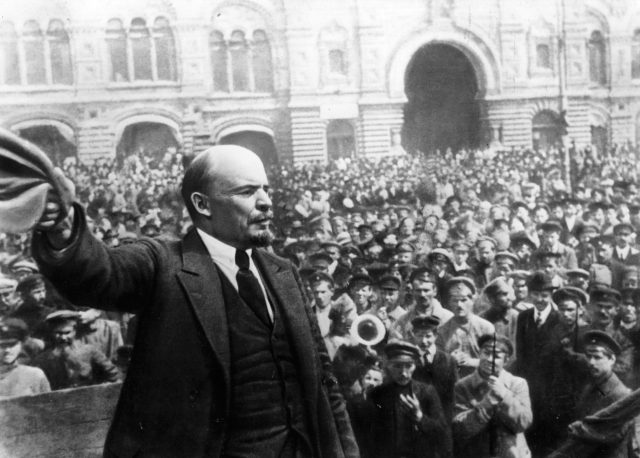
In 1991, Soviet musician Sergei Kuryokhin gave an interview to the then Leningrad television more as a joke than anything else. Dressing up as a historian, Kuryokhin claimed that Vladimir Ilyich Lenin ate so many magic mushrooms that he was actually one of them. He told an elaborate story that used multiple “sources” to provide “evidence” and substantiate his arguments, creating a complex and absurd yet compelling story. The interview was filmed at a time when Russia was going through a complete process of social and cultural reform, Gorbachev’s glasnost opened up freedom of expression in the public sphere and loosened censorship and control over the media. At this stage, the people of Russia are not accustomed to televised satire or absurd comedy, and therefore most of the population accepted the fact that Lenin really turned into a mushroom.
Peter the Great was a spy
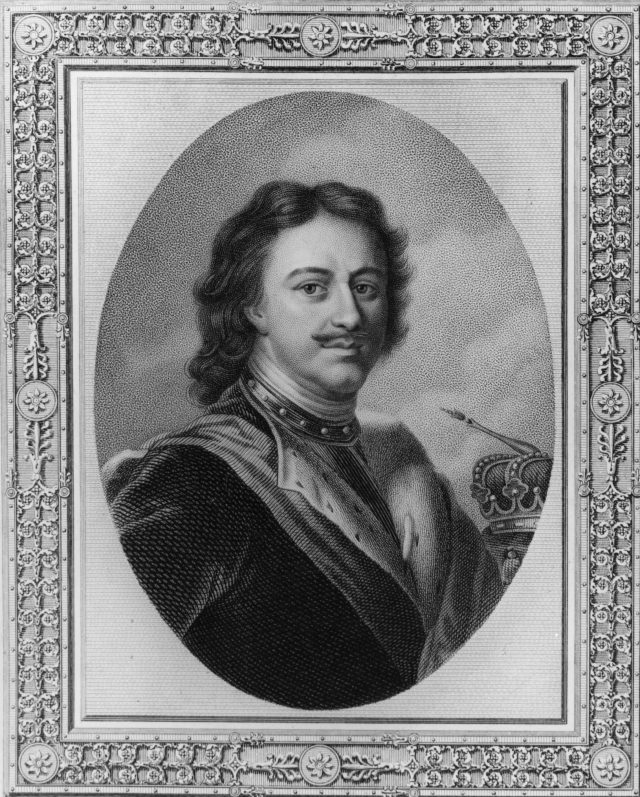
Peter the Great’s efforts to westernize Russia led to rumors that he was actually a spy. He introduced European clothing to society, and during his reign the nobles cut their beards. He changed the military uniform to be more in line with the European uniform, and also reorganized the entire structure of the army. The Tsar also went on a tour of Europe to get acquainted with the educational, industrial and economic practices of Europe and then to apply them in Russia on his return. Despite the meager chances of finding someone similar to his stature (Peter I was 203 cm tall), there were rumors that a European had replaced him during the voyage.
Kremlin with ghosts
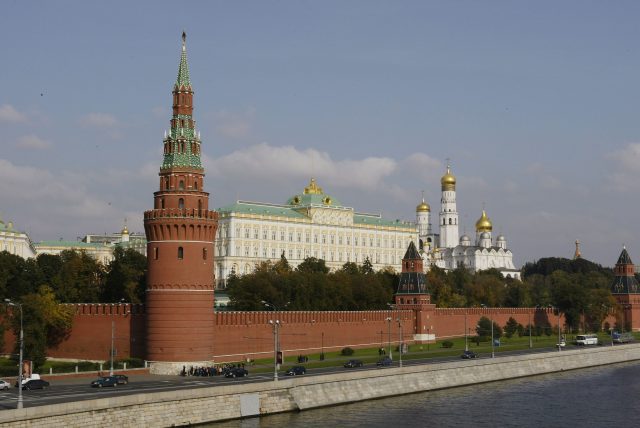
Rumor has it that it haunts the Kremlin, with former tsars and leaders still roaming the corridors. The appearance of Nicholas II is often believed to portend an impending disaster. Ivan the Terrible is also still hiding somewhere nearby. He is sometimes seen in the steeple, and people report hearing his footsteps. The story continues that he could not find peace even as a ghost because he killed his own son and still haunts him in the afterlife. It was claimed that a few people saw Lenin, who could not find peace in the mausoleum.
death of Catherine II
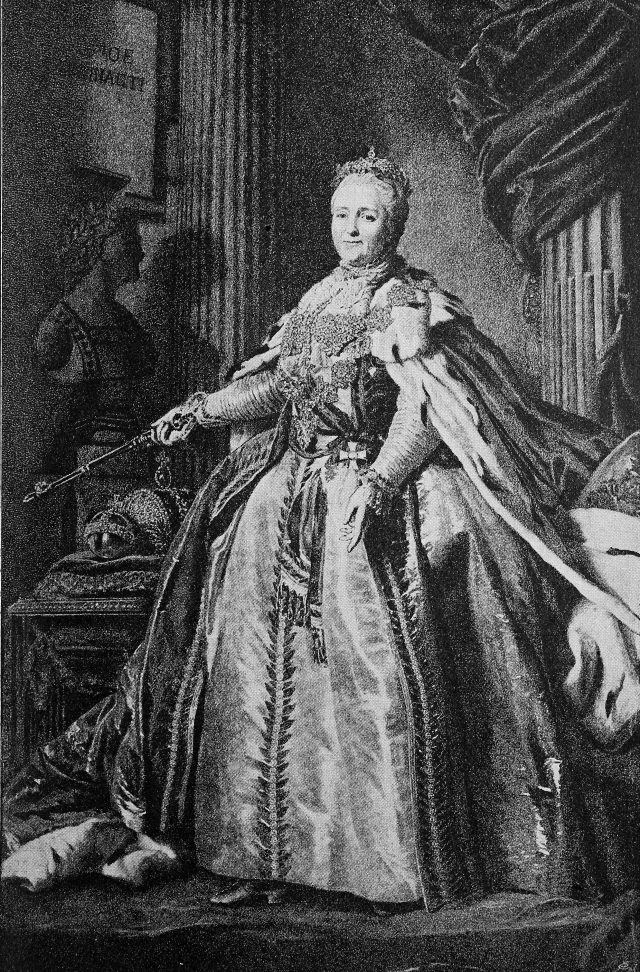
Several stories about the circumstances of his death in 1796 at the age of 67 surfaced in the years following his death. An urban legend claims that he died in the closet when the seat broke under the imperial trunk. And this is partly true, because Catherine suffered a stroke, fainted in the bathroom, and died in her bed a day later. There was also a version of the alleged murder with spring-loaded knives hidden in the toilet seat.
“To Hell”
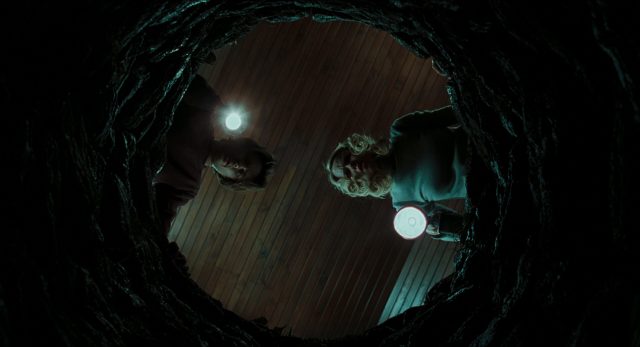
Legend has it that a team of Russian engineers dug a 14.4 kilometer deep well in Siberia before falling into a strange depression. Intrigued by this unexpected discovery, they lowered a heatproof microphone into the well along with other sensory equipment. The temperature inside the recess was 1000°C, and the heat was probably emanating from the fire chamber where the agonizing cries of the damned were heard. This is hell on earth for you. Or under it.
Hitler’s crocodile

The 84-year-old reptile was allegedly found by British soldiers in Berlin after World War II and handed over to the Russians, and then taken to the Moscow Zoo. A crocodile named Saturn was believed to be in Hitler’s personal pet collection and was also a pre-war attraction at the Berlin Zoo in Nazi Germany. He was born in the wild in the US state of Mississippi in 1936, and was subsequently captured and sent to Berlin.
Saturn died in May 2020, and Dmitry Vasiliev, a veterinarian at the Moscow Zoo, said that Hitler was undoubtedly fascinated by the crocodile. The skin of the crocodile was donated to the city’s Darwin Museum, where it was displayed to the public after the taxidermy’s work.
“White tights”

This is an urban legend about female mercenary snipers fighting against Russian troops in various gunfights in the late 1980s. Legend describes these women as blonde, nationalist biathletes like Amazons who have turned into anti-Russian mercenaries. They come mainly from the Baltic states, but later variations of the legend have diversified the ethnic composition of the snipers, among whom there were Ukrainian and Russian women. The name “White Pantyhose” comes from the white winter sports worn by these snipers and first appeared during the First Nagorno-Karabakh War.
Immortal Rasputin
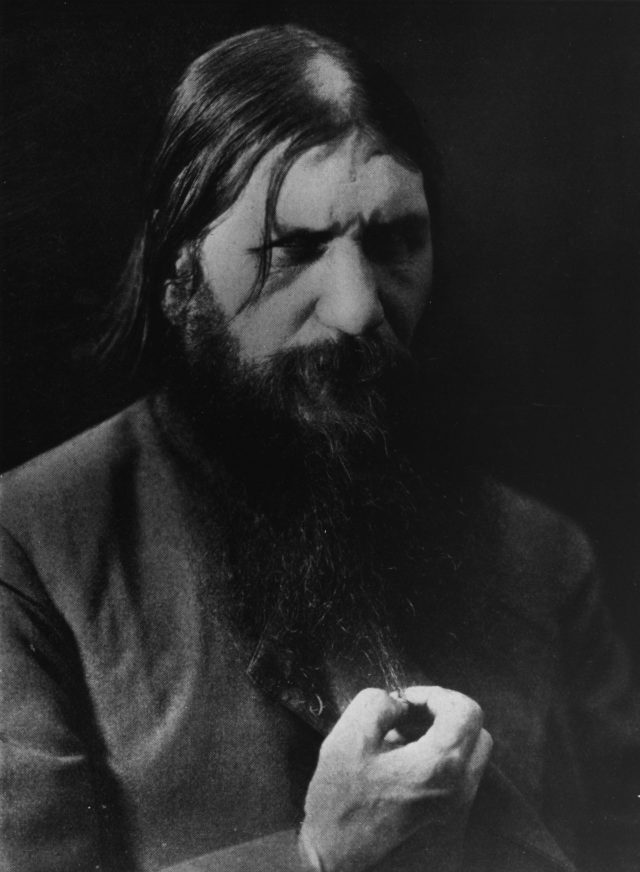
Rasputin’s behavior and influence became a symbol of everything negative in Russian politics and society of that period. Several attempts were made towards his life. In June 1914, a beggar woman stabbed the monk in the stomach, claiming he had seduced the innocent. Rasputin fully recovered after the incident, although he lost a lot of blood and was close to death.
Two years later, a group of nobles led by a man named Felix Yusupov conspired to get rid of him once and for all. On December 30, 1916, Yusupov invited Rasputin to dine at his house. After a hearty meal, possibly heavily laced with poison, Rasputin showed no signs of intoxication. Men began shooting at Rasputin, who, according to legend, was still alive after being shot many times and died only after being thrown into an icy river. However, autopsy reports indicate that Rasputin was free of poison and died apparently from a single bullet to the head.
Source: People Talk
Errol Villanueva is an author and lifestyle journalist who writes for The Fashion Vibes. With a passion for exploring the latest trends in fashion, food, travel, and wellness, Errol’s articles are a must-read for anyone interested in living a stylish and fulfilling life.





